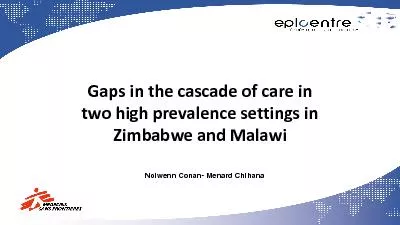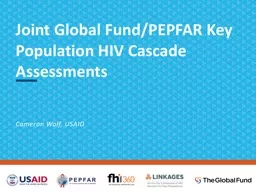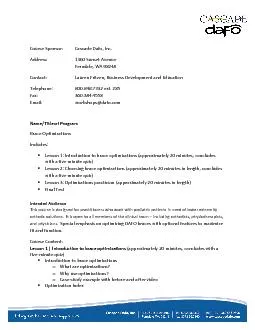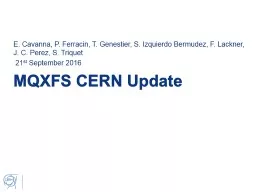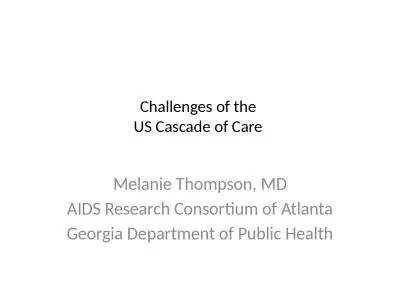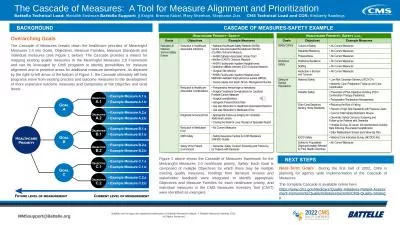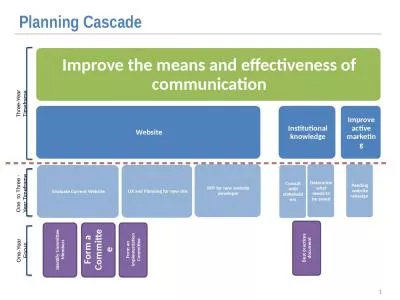PDF-Gaps in the cascade of care in
Author : ethlyn | Published Date : 2021-06-07
two high prevalence settings in Zimbabwe and Malawi Nolwenn Conan Menard Chihana Background Cascade of HIV care Proportion of people living with HIV who are diagnosed Proportion od diagnosed
Presentation Embed Code
Download Presentation
Download Presentation The PPT/PDF document "Gaps in the cascade of care in" is the property of its rightful owner. Permission is granted to download and print the materials on this website for personal, non-commercial use only, and to display it on your personal computer provided you do not modify the materials and that you retain all copyright notices contained in the materials. By downloading content from our website, you accept the terms of this agreement.
Gaps in the cascade of care in: Transcript
Download Rules Of Document
"Gaps in the cascade of care in"The content belongs to its owner. You may download and print it for personal use, without modification, and keep all copyright notices. By downloading, you agree to these terms.
Related Documents

